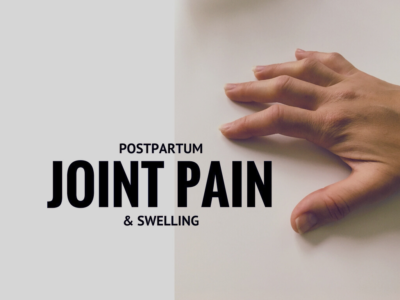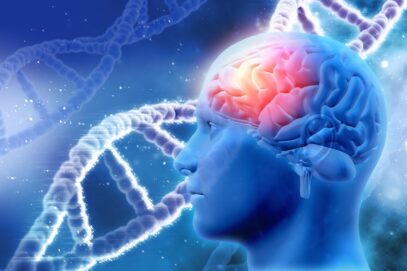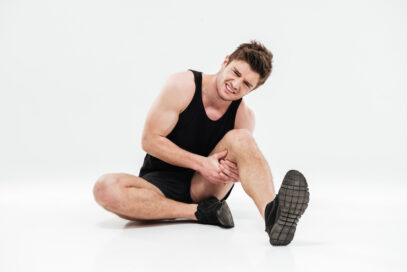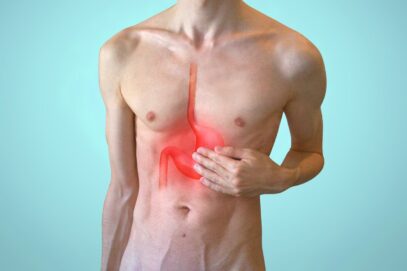Five Ways to Treat Postpartum Arthritis Pain After Delivery

Many new mothers experience postpartum arthritis, a kind of arthritis. Women over the age of 40 are most commonly affected by the illness. Women with a history of the condition, those who are overweight, and those who have certain medical conditions (such diabetes) are more prone to experience postpartum arthritis. Did you know that the illness, which is brought on by hormonal changes during pregnancy, can cause joint can result in knee pain after delivery and cause joint soreness, stiffness, inflammation, and agony?
During this time, pregnant women who had arthritis earlier can feel better. This is because it’s possible that during pregnancy, the immune system will lay dormant and arthritic symptoms would vanish. After birth, these symptoms could, however, come back.
METHODS FOR ELIMINATING ARTHRITIS PAIN AFTER DELIVERY
1.Maintain a healthy weight because being overweight puts more strain on your joints and makes arthritis pain worse. As advised by your healthcare practitioner, put your attention on maintaining a healthy weight through a balanced diet and regular exercise.
2.Therapy with heat or cold might offer momentary relief to joints that are in pain. Apply heat with a heating pad, warm towel, or hot water bottle to help muscles relax and circulation. As an alternative, try cold compresses or ice packs to minimise swelling and dull the pain.
3.Exercise gently: Low-impact activities can lessen arthritis discomfort and preserve joint flexibility. To create a safe exercise programme customised to your needs, speak with a physical therapist or postpartum exercise specialist.Gentle activities like swimming, walking, or prenatal/postnatal yoga can be beneficial.
4.Joint protection: Make changes to your everyday routine to lessen the strain on your joints. To improve stability and relieve pressure, use aids like braces, splints, and supportive footwear. When raising or carrying your kid, keep a good posture and employ ergonomic practises. Take frequent breaks to recover and stay away from repetitive actions that strain your joints.
5.Self-care and Stress Management: Putting self-care first and managing stress can help reduce arthritis discomfort. Make sure you’re getting enough rest because weariness can make pain feel worse. Use relaxation methods like mindfulness, meditation, and deep breathing. Try to relax by doing something you enjoy, including reading, listening to music, or spending time with loved ones.



